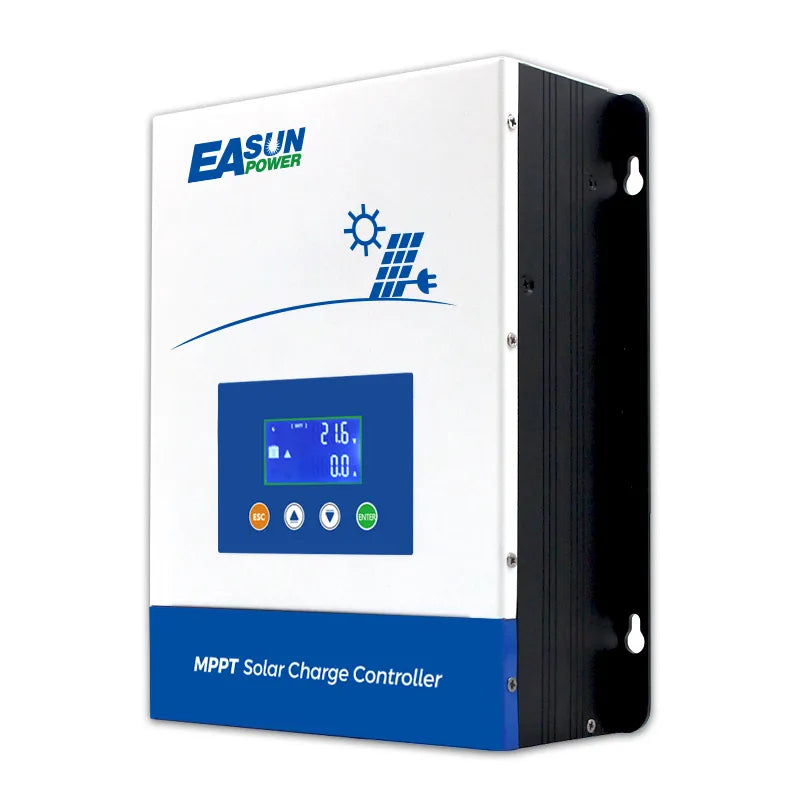Unlock the Secrets: Which Solar Charger Will Maximize Your Energy Savings?
As the world increasingly turns to renewable energy sources, solar power has emerged as a leading option for sustainable living. At the heart of solar energy systems lies the solar charger, a crucial component that regulates the energy harvested from the sun and optimally charges batteries. This article aims to clarify the differences between two common types of solar chargers: PWM (Pulse Width Modulation) and MPPT (Maximum Power Point Tracking). By understanding these technologies, readers can make informed decisions to optimize their solar charging systems and maximize their energy savings.

Understanding Solar Chargers
Solar chargers are devices that convert sunlight into electricity, which can then be used to charge batteries or power devices. They play a pivotal role in solar energy systems by managing the flow of electricity generated by solar panels. There are two primary types of solar charging technologies: PWM and MPPT. PWM chargers work by switching the current on and off to control the voltage, while MPPT chargers track the maximum power point of the solar panels to ensure they operate at their optimal efficiency. Understanding these technologies is essential for anyone looking to harness solar energy effectively.
What is PWM Charging?
PWM technology operates on a straightforward principle: it regulates the voltage and current to match the battery's charging requirements. Essentially, it modulates the pulse width of the current flowing from the solar panels to the battery. One of the primary advantages of PWM chargers is their simplicity and lower cost compared to MPPT chargers. However, their efficiency can be limited, especially in situations where there is a significant difference between the voltage of the solar panels and the battery. PWM chargers are ideal for small-scale solar systems or applications with lower energy demands, such as RVs or small off-grid systems. They work well in stable sunny conditions but may underperform in less ideal weather, where maximum efficiency is needed.
What is MPPT Charging?
MPPT technology takes solar charging efficiency to the next level. It continuously monitors the voltage and current output from the solar panels and adjusts its operation to capture the maximum available power. This means that even on cloudy days or when the sunlight is not optimal, MPPT chargers can extract more energy than PWM chargers. The advantages of MPPT include higher efficiency, particularly in larger solar installations where the power generated can significantly exceed battery capacity. However, they come with a higher initial investment and increased complexity in their operation. MPPT chargers are perfect for larger systems, such as those used in homes or commercial buildings, where maximizing energy output is essential.
Comparing PWM and MPPT
When deciding between PWM and MPPT solar chargers, several factors come into play. Below is a comparison based on key criteria:
- Cost: PWM chargers are generally less expensive than MPPT chargers.
- Efficiency: MPPT chargers can achieve up to 30% more efficiency than PWM, especially in variable weather.
- Complexity: PWM technology is simpler and easier to install, while MPPT systems are more complex and may require professional installation.
- Energy Savings: MPPT chargers provide better energy savings in larger systems, making them a more economical choice in the long run.
Making the Right Choice
Choosing between PWM and MPPT chargers ultimately depends on your specific energy needs, budget constraints, and the size of your solar system. For those with smaller energy consumption, a PWM charger may suffice, providing a cost-effective solution. In contrast, if you require a larger system that can efficiently handle variable weather conditions, investing in an MPPT charger could be the better option. Additionally, consider the type of batteries you are using and their compatibility with the charging technology. Engaging in discussions with friends who have made similar choices can also provide valuable insights into what might work best for your setup.
Maximizing Your Solar Savings
In summary, understanding the differences between PWM and MPPT solar chargers is crucial for anyone looking to optimize their solar energy systems. Each technology has its own set of advantages and ideal applications, making it imperative to assess your needs before making a choice. By considering factors such as energy consumption, system size, and budget, you can select the solar charger that will maximize your energy savings and enhance your solar experience. Empower yourself with knowledge to make the best decision for your solar charging needs.



